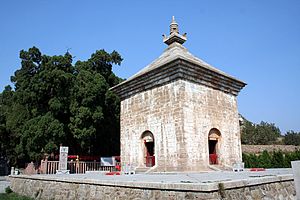The 820s decade ran from January 1, 820, to December 31, 829.
The 610s decade ran from January 1, 610, to December 31, 619.
The 660s decade ran from January 1, 660, to December 31, 669.

Year 774 (DCCLXXIV) was a common year starting on Saturday of the Julian calendar. The denomination 774 for this year has been used since the early medieval period, when the Anno Domini calendar era became the prevalent method in Europe for naming years.
The 590s decade ran from January 1, 590, to December 31, 599.
Year 636 (DCXXXVI) was a leap year starting on Monday of the Julian calendar. The denomination 636 for this year has been used since the early medieval period, when the Anno Domini calendar era became the prevalent method in Europe for naming years.

Year 626 (DCXXVI) was a common year starting on Wednesday of the Julian calendar. The denomination 626 for this year has been used since the early medieval period, when the Anno Domini calendar era became the prevalent method in Europe for naming years.

Year 815 (DCCCXV) was a common year starting on Monday of the Julian calendar.

Year 527 (DXXVII) was a common year starting on Friday of the Julian calendar. At the time, it was known as the Year of the Consulship of Mavortius without colleague. The denomination 527 for this year has been used since the early medieval period, when the Anno Domini calendar era became the prevalent method in Europe for naming years.

Year 577 (DLXXVII) was a common year starting on Friday of the Julian calendar. The denomination 577 for this year has been used since early medieval times, when the Anno Domini calendar era became the prevalent method in Europe for naming years.

Year 590 (DXC) was a common year starting on Sunday of the Julian calendar. The denomination 590 for this year has been used since the early medieval period, when the Anno Domini calendar era became the prevalent method in Europe for naming years.

Year 597 (DXCVII) was a common year starting on Tuesday of the Julian calendar. The denomination 597 for this year has been used since the early medieval period, when the Anno Domini calendar era became the prevalent method in Europe for naming years.
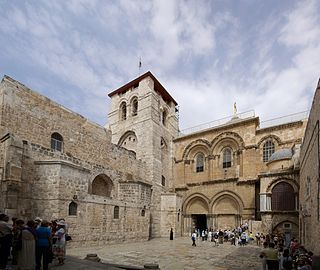
Year 614 (DCXIV) was a common year starting on Tuesday of the Julian calendar. The denomination 614 for this year has been used since the early medieval period, when the Anno Domini calendar era became the prevalent method in Europe for naming years.

Year 617 (DCXVII) was a common year starting on Saturday of the Julian calendar. The denomination 617 for this year has been used since the early medieval period, when the Anno Domini calendar era became the prevalent method in Europe for naming years.

Year 676 (DCLXXVI) was a leap year starting on Tuesday of the Julian calendar. The denomination 676 for this year has been used since the early medieval period, when the Anno Domini calendar era became the prevalent method in Europe for naming years.
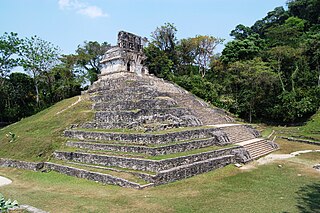
Year 692 (DCXCII) was a leap year starting on Monday of the Julian calendar. The denomination 692 for this year has been used since the early medieval period, when the Anno Domini calendar era became the prevalent method in Europe for naming years.

Year 695 (DCXCV) was a common year starting on Friday of the Julian calendar. The denomination 695 for this year has been used since the early medieval period, when the Anno Domini calendar era became the prevalent method in Europe for naming years.
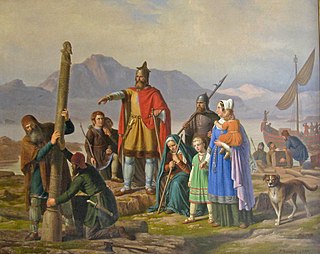
Year 874 (DCCCLXXIV) was a common year starting on Friday of the Julian calendar.
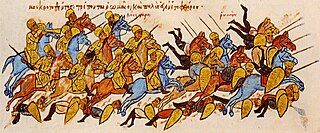
Year 896 (DCCCXCVI) was a leap year starting on Thursday of the Julian calendar.
Year 893 (DCCCXCIII) was a common year starting on Monday of the Julian calendar.
